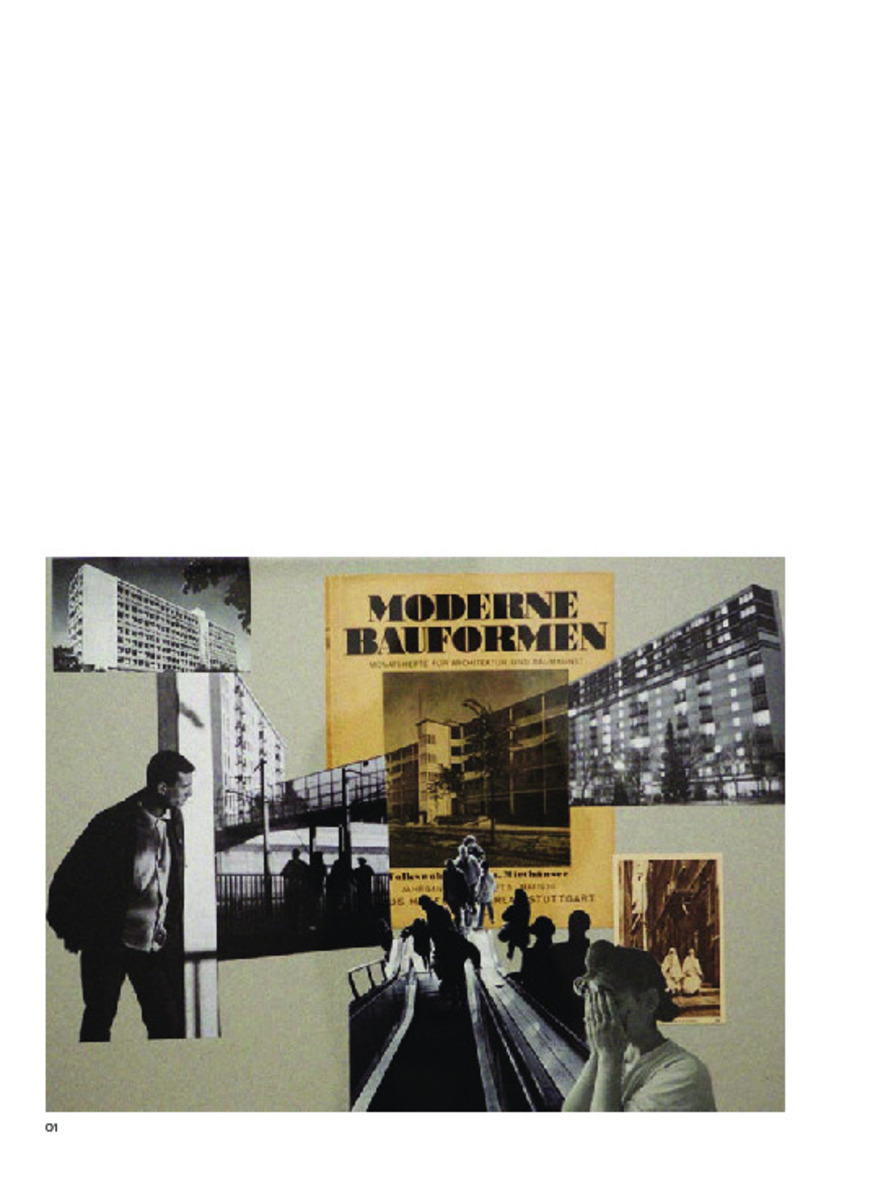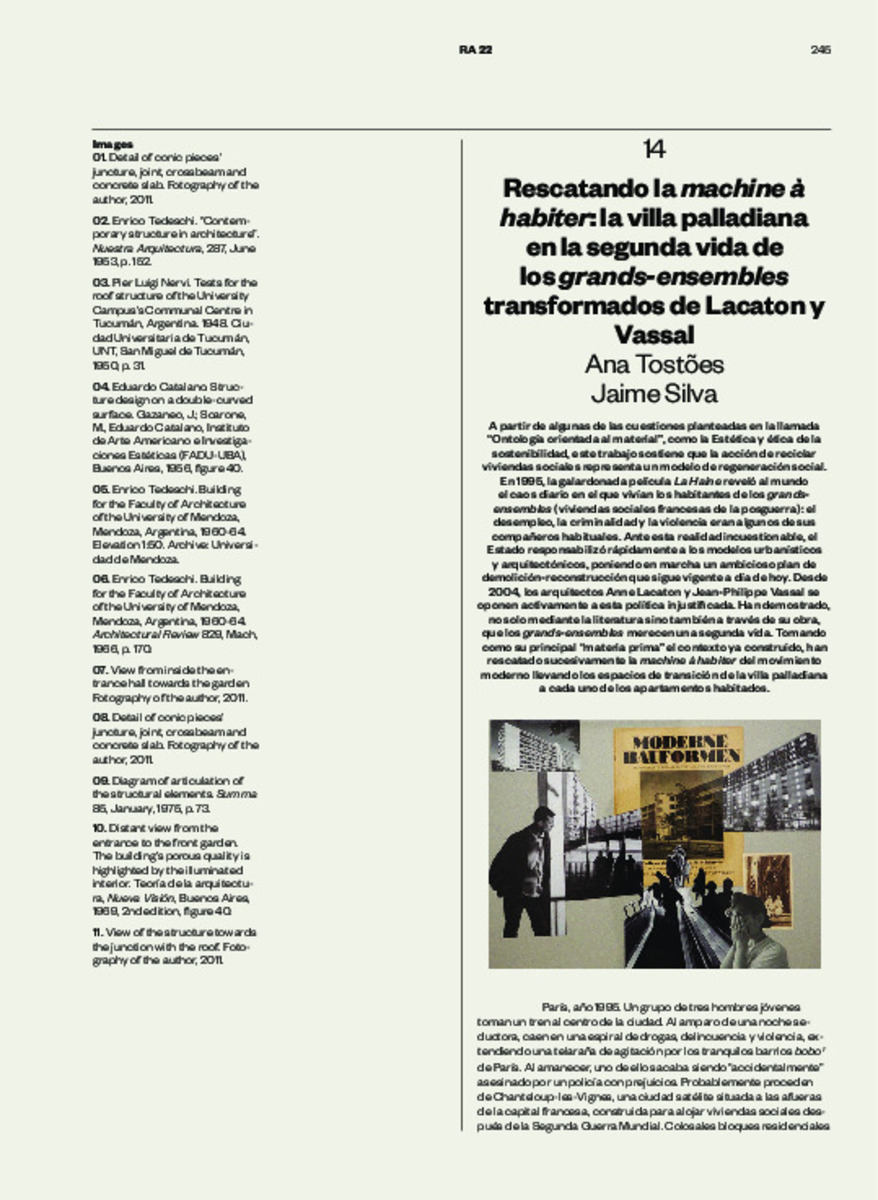Rescuing the "Machine à Habiter": The Palladian "Villa" in the second life of Lacaton & Vassal’s Transformed "Grands-Ensembles"
Keywords:
Social Housing
Lacaton & Vassal
Palladian Villa
Second Life
Transition Spaces
Publisher:
Servicio de Publicaciones de la Universidad de Navarra
Citation:
Tostões, A. (Ana); Silva, J. (Jaime). "Rescuing the "Machine à Habiter": The Palladian "Villa" in the second life of Lacaton & Vassal’s Transformed "Grands-Ensembles"". Ra. Revista de Arquitectura. 22, 2020, 170 - 187
Statistics and impact
0 citas en

0 citas en

Items in Dadun are protected by copyright, with all rights reserved, unless otherwise indicated.









